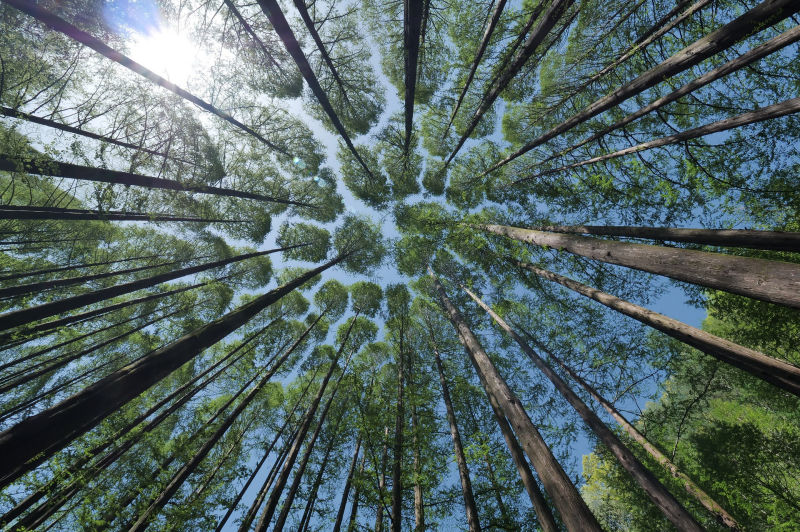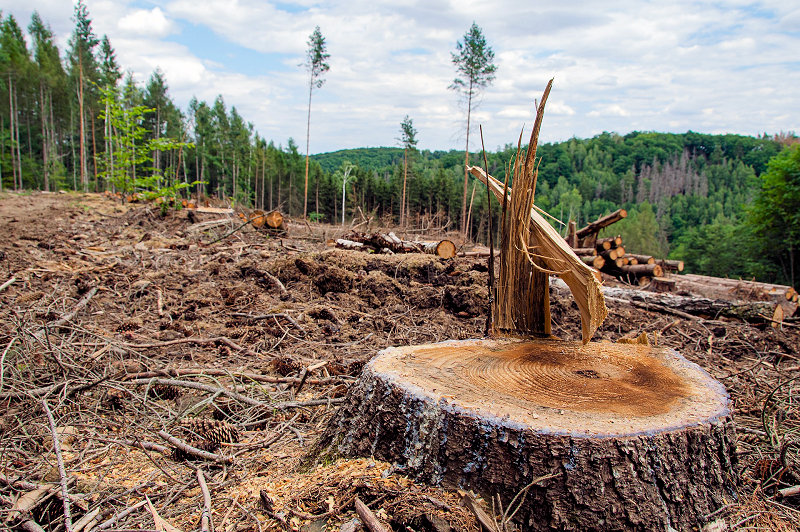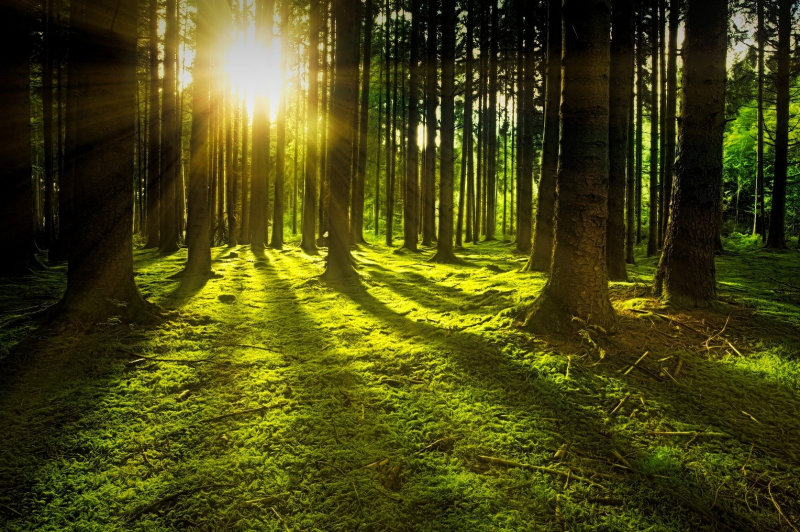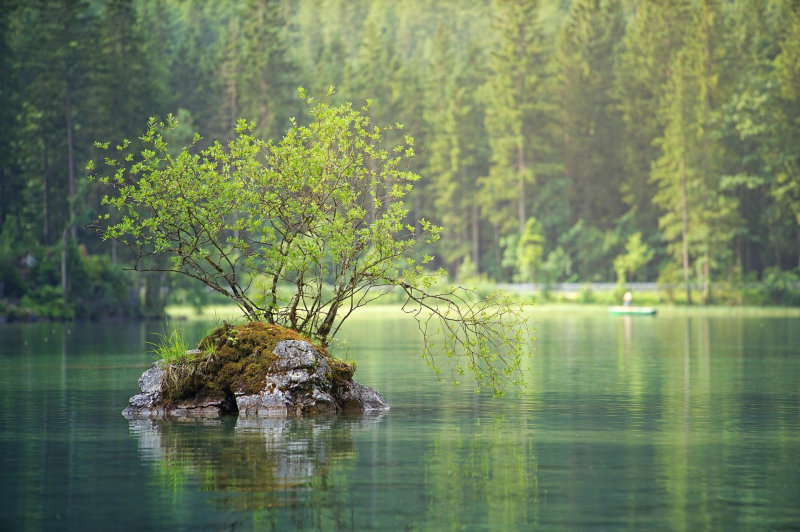The question of ‘why’ trees, forestry and reforestation should be of interest to anyone studying the broad topic of the environment is an ‘odd’ question to me. Because I have spent my working and leisure years dealing with related activities in forestry, these concerns are first nature to me.
I firmly believe the selection of some aspects of this topic is and will be integral to today’s lifestyle and more importantly to the health and happiness of future generations. I suspect the future is imminent; we have squandered our time to be casual about environment issues.




